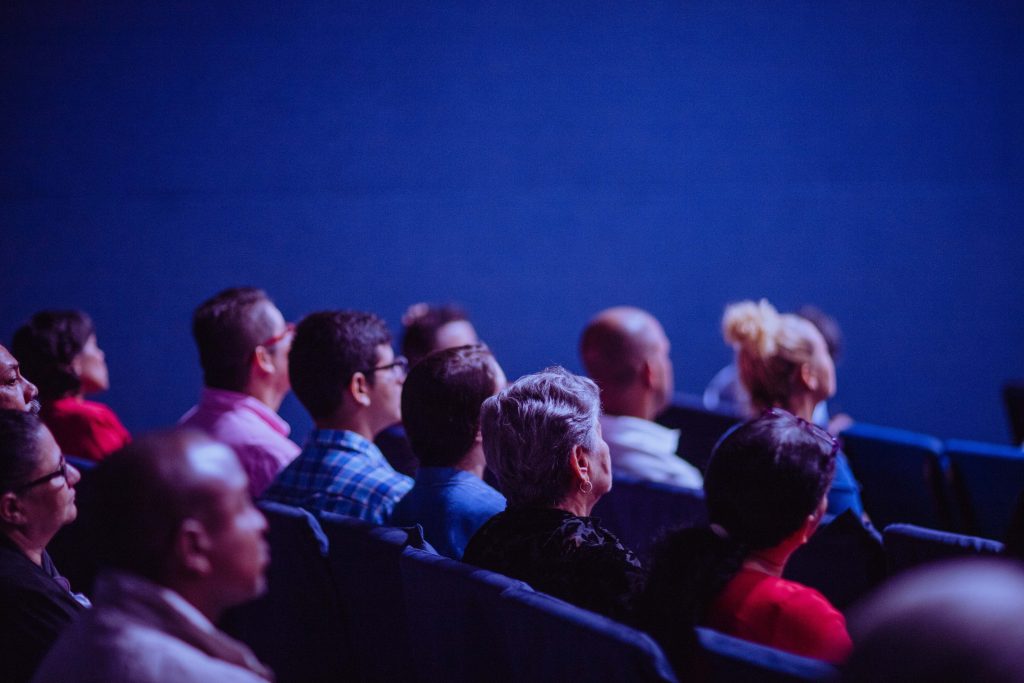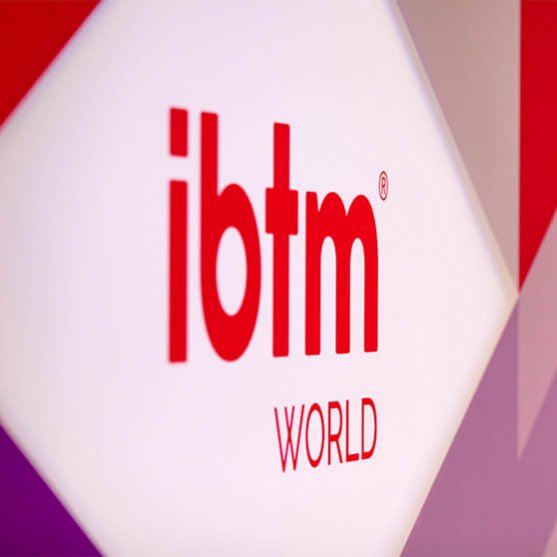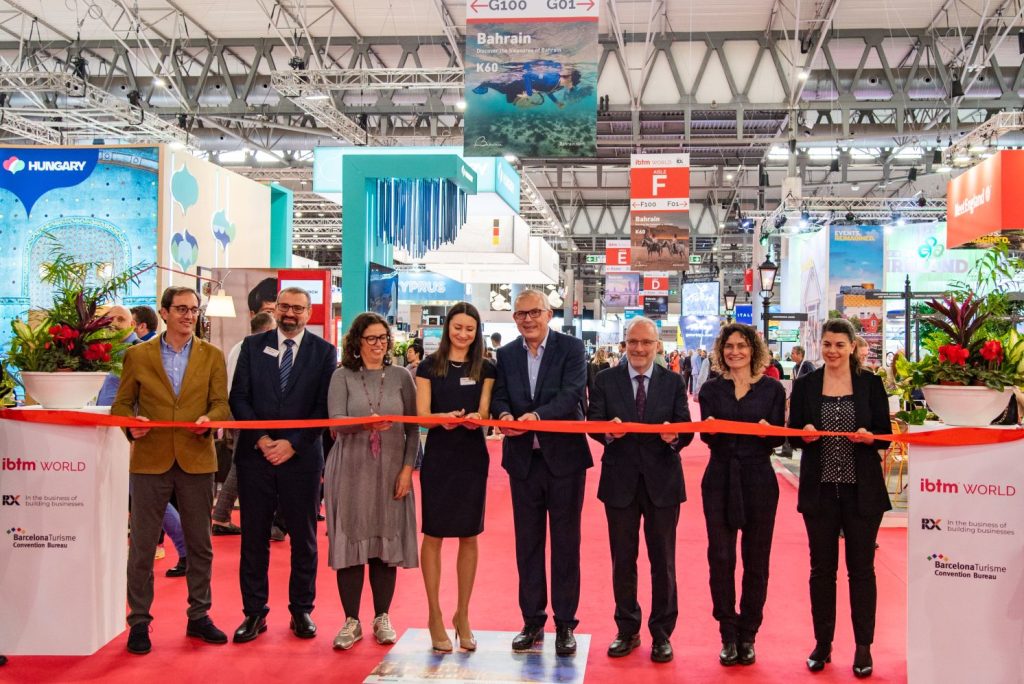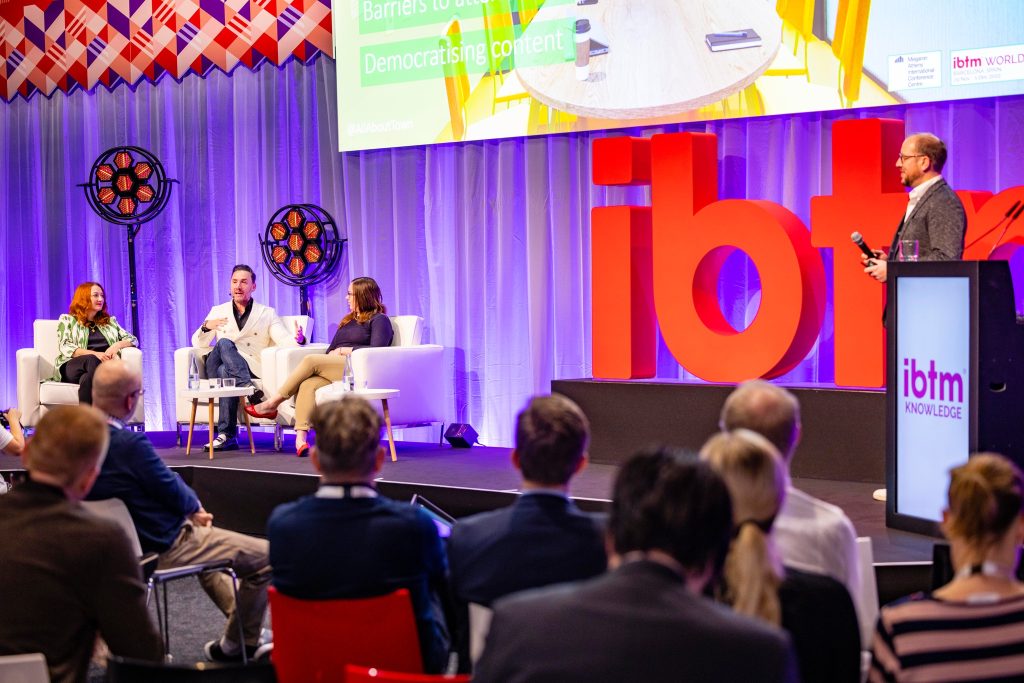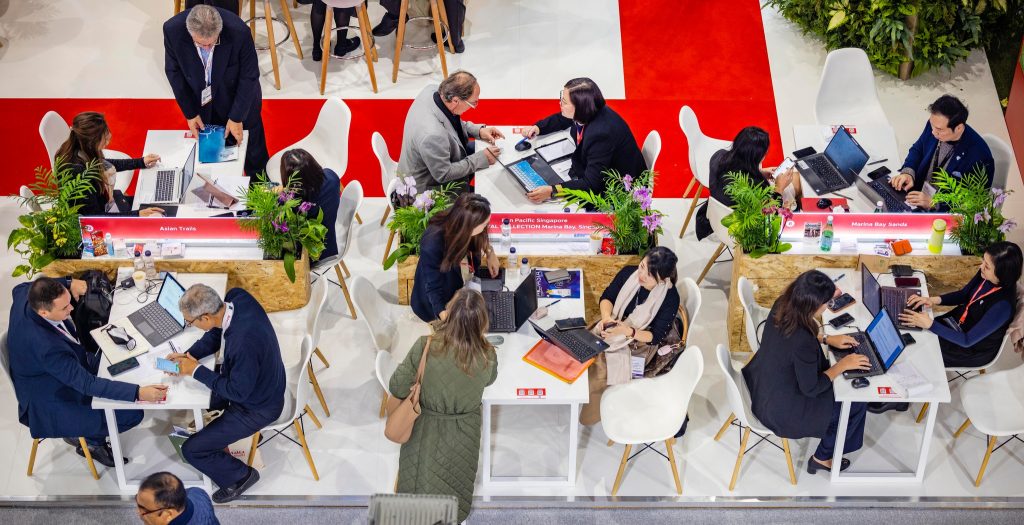How festivals bring tribes together and what this teaches us about human beings
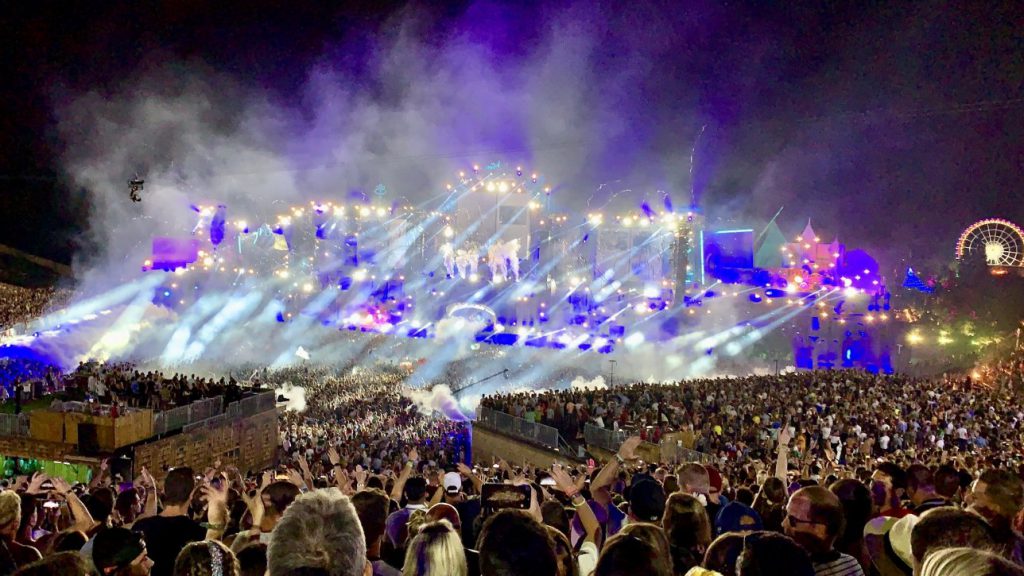
Share news
Listen
Nico has the perfect job: he analyses human behaviour in various settings of human life… but especially in festivals. This leads him to attend many festivals, notebook and camera in hand, living the experience with others but mostly observing, taking notes and videos to analyse. “It is a mix of sociology, social psychology, anthropology, ethnography… applied to marketing, and it is called ethnomarketing“, a new trend in marketing. “I am interested in consumer behaviour, and specifically, I analyse the consumer tribes of communities such as the festival-goers (of various styles, from electro to metal to jazz), as well as other tribes such as the ski or snowboard riders. But one dimension of research in which he is a pioneer is studying emotions from a collective point of view, something that has never been done much in the field of marketing (it has been done in sociology).
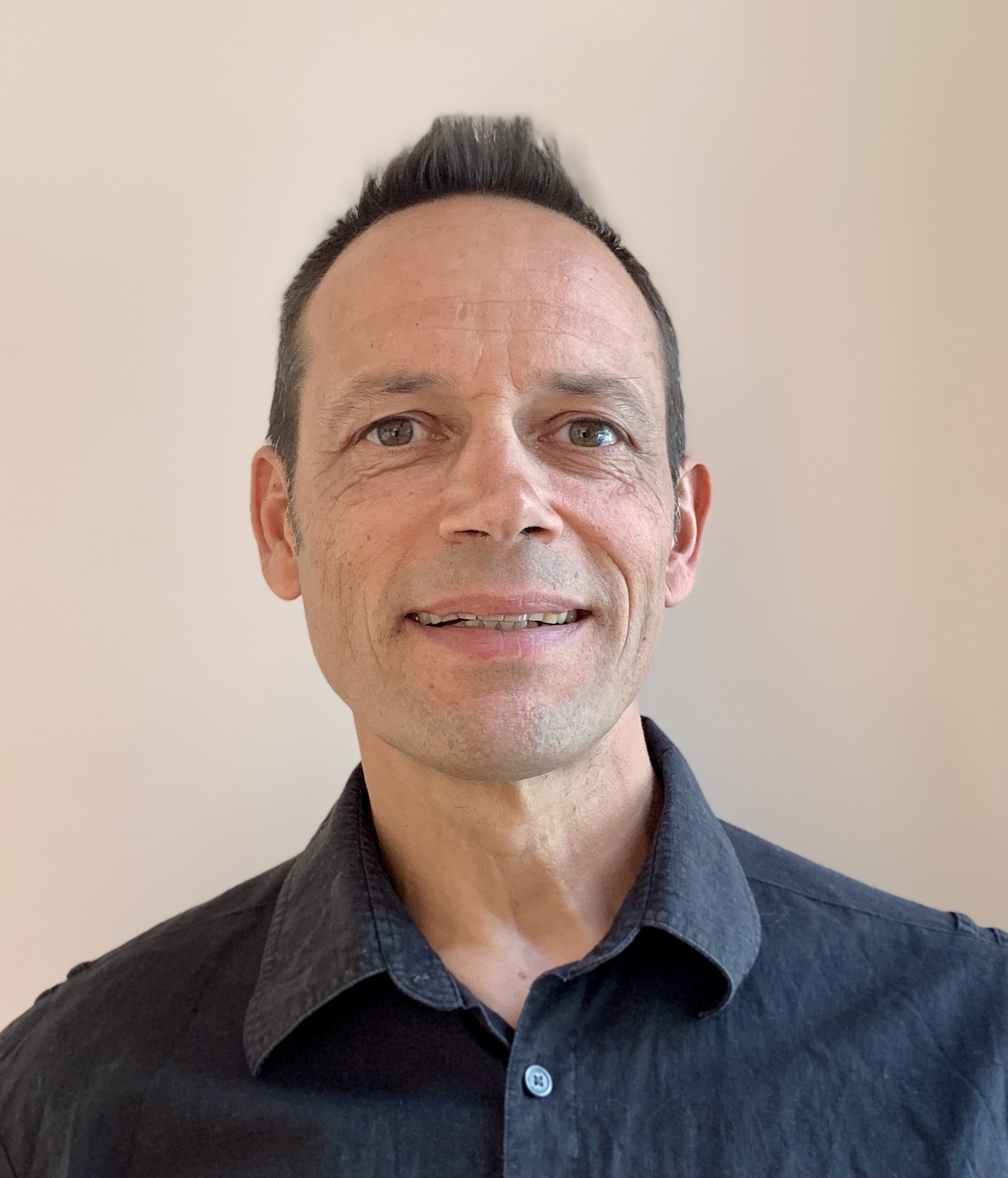
How do you conduct your research?
It involves the researcher’s immersion in the field (which means going to events), using tools to gather information, from videos to informal interviews with other attendees, taking notes of everything that happens (in soccer, for instance, a team scores a goal, these are the reactions, the looks of people, the movements…). I complete this with an introspection: I analyze what I live and feel as a person. And I complete this analysis with a “netnography” work: I visit social networks to analyse what people say about their emotional experience.
It is a socio-cultural work: the researcher has to know the culture of this group, understand it in order to live the experience.
Are people’s ways of transmitting emotion very different in person and online?
Without a doubt, emotion can be transmitted via social networks, although partially. There are two ways to convey emotion. The first one is to express it socially, which can be done in three ways: verbal expression (especially what expressions we use but especially how we scream), facial (facial expressions), and postural (clapping, getting up, etc.). This process is called social sharing of emotions. The second is emotional contagion, which is an unconscious phenomenon of automatic synchronization with the expressions of the other. In that case you are more the recipient than the creator of the emotion, and it is more automatic and unconscious.
Watching the videos, you realize this: we would think that everyone screams at the same time, but some people initiate the screaming and others follow – it is a matter of fractions of seconds. The leaders yell first and the others continue without thinking.
Is the way of transmitting emotion very different from one tribe to the next?
A little different: if you see a public of metal fans vs electro, they will use different expressions; and obviously some groups have more social control and are less expressive… but the phenomenon of transmission is quite similar. Even in a waiting room, a queue, the codes are different but the phenomenon of transmission, of contagion, is similar.
You can reduce social control and make people share more, with alcohol for example, but one very important thing is what I call creating an emotional world, especially in an event: when I enter a world, I get rid of my usual social codes. When an executive enters the stadium, he forgets the social codes of the outside world, he enters a universe where he is no longer the same as in his daily life… and thus he can do something that he would never do in his daily life, such as insulting the referee.
In this aspect, there is a lot of difference between a concert and a festival, or even between a closed festival with total immersion and another in which you come every day. The mainstream festivals where people come every morning have less of this immersion effect; some more specialized festivals such as Hadra or Boom in Portugal, in which you enter and stay for three days non-stop, offer a complete emotional immersion.
My job is to look at all the variables that allow optimizing the consumer’s collective emotional experience, and tell the organizers “if you want to optimize the experience, do this or this.”
Does a good festival just let this emotional contagion to occur, or does it stimulate it, manage it?
They implement a number of things to stimulate it. Hellfest in metal, Tomorrowland in electro, do a real job of marketing about values, culture, and sharing between members of the community. And it works; the notion of sharing, for example in Tomorrowland, works quite well.
But there is still a lack of awareness among the organizers of the importance of this collective emotional dimension. My research has shown that this was precisely the first motivation to attend a festival. Many people go to a festival to have a collective experience; the line-up is just a pretext. This confirms research that had already been done, and that I have deepened and validated for festivals. And this impacts the perceived value of the experience, which will drive satisfaction or loyalty. For example, post-event satisfaction surveys mostly ask about artist programming, animations… which are only the trigger, not the underlying motive. They often don’t ask about the importance of the collective experience within the perceived value of the experience.
To understand what people value at a festival, I have done a ‘netnographic’ analysis of the online thank you posts, by fans, at the end of various festivals. I have seen three types of acknowledgments:
- In a mainstream festival for all audiences, like Musilac, the attendees thank the artists.
- At the Paleo Festival in Switzerland, a rock festival, they thank the organization, and especially the volunteers, because they have felt well received.
- At the Hadra Trance Festival (electro psychedelic music for neo-hippies), they thank the other festival-goers.
Analysing this is very important to understand the real motivations of the attendees and where the value of their experience comes from.
How can the organizer stimulate these shared values, this community effect?
His role is first of all the choice of concept. Organising a very specific, targeted festival, like Hellfest for metal, will allow for more community effect. The artists, the communication strategy and the targets… will then have to be coherent with this identified target.
Festivals tend to apply the codes of the community, not create them… though there are exceptions. For example, Tomorrowland, which has an incredible marketing power, has used the codes of psy-trance, of the hippies and based on that, have created a code for the general public that is not an expert in these codes. They call festival-goers “people of tomorrow”, defines a slogan (revisiting the hippie “peace and love” to “live, love, unite”), and these codes are then transmitted intuitively, naturally, between people. Tomorrowland is not related to a very clear community, but for a fairly mainstream audience, it has made them enter the psy-trance codes thanks to a very careful marketing work.
Unlike, in an authentic psy-trance festival like Hadra, the community is very clear (trance community) and already have their codes. They are called “happy”, they smile all the time, although this code has never been written. In that case, the organizer only generates a favourable atmosphere and let people who do not come from the “core” of this community integrate and apply these codes. I have studied during Hadra a person who did not know this culture, and he has integrated the codes very quickly.
Remember that in a community, there are three levels: the “core”, who live this world on a daily basis and are the ones who promote the codes; members in general, and outsiders or pretenders who want to enter or who lived the community only part time. The “hard core” people will be key to apply and transmit the codes which are those of the community in general.
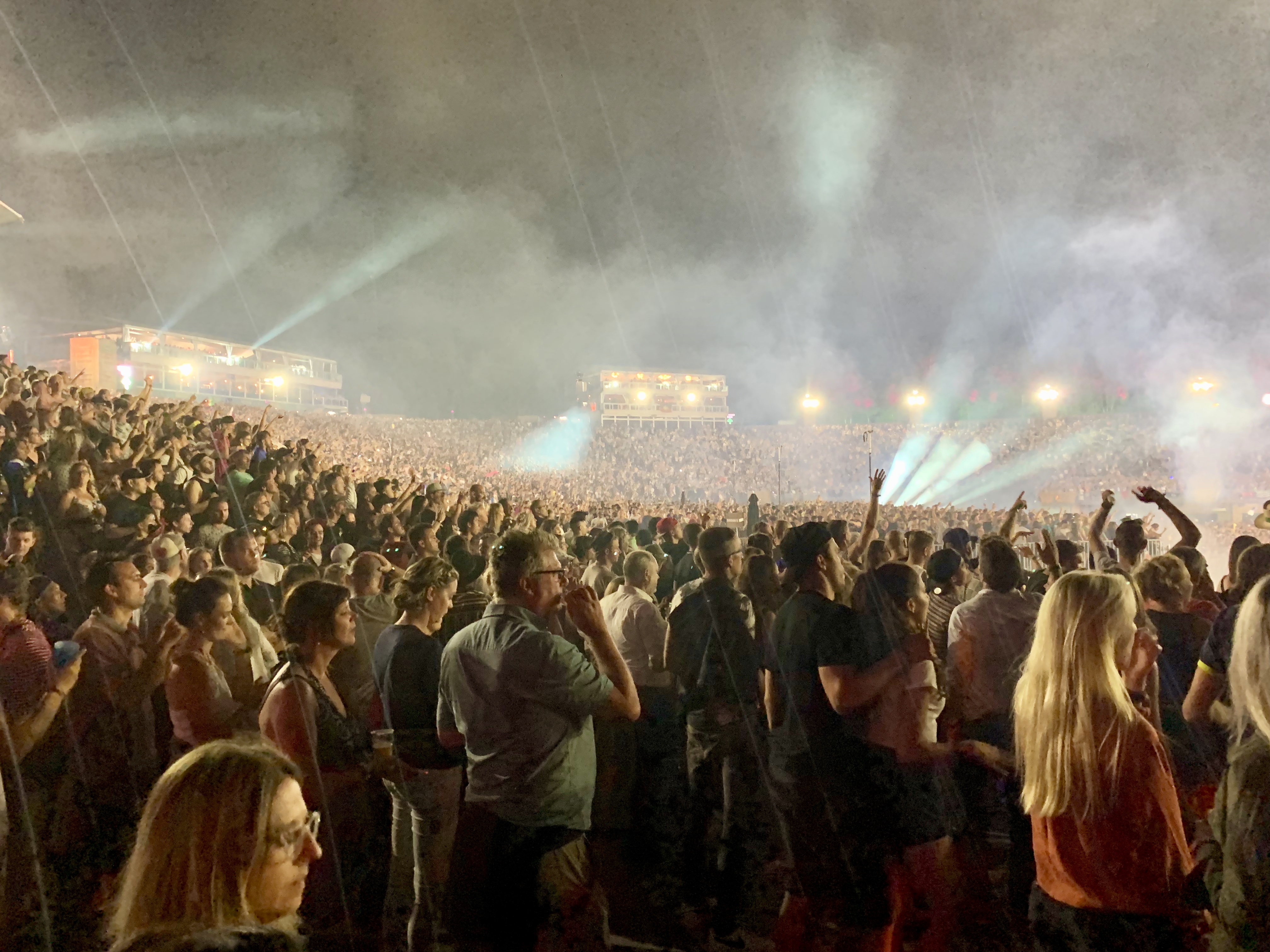
Is this tribal effect also provoked with great stages and show? And with the fact of being a world outside of time and everyday life?
Yes, and this refers to two important marketing concepts. First, the immersion, with a visually impactful staging and a strong sensory impact. If you go to Tomorrowland, the staging takes you into a very different musical and visual universe (whereas a mainstream festival like Musilac is simply a large concert without much show). Tomorrowland has animators walking around, for instance one pushing a cart that emits bubbles in the air, or some stilt-walkers interacting with people… They conceive many things to facilitate disconnection from the real world. Tomorrowland is an enchanted world. Indeed, evidence of this impression of a “parallel world”, you see a lot of people in Hadra or Tomorrowland wearing disguises.
Is there also a factor of “Venice carnival”, in which people allow themselves to do things they wouldn’t do the rest of the year?
Of course, these events are often a catharsis, a space of liberation. It’s mostly seen at Burning Man, where you can do whatever you want if you don’t negatively affect people. So you see people going around naked during the festival. A lot of people use this as their therapy of the year, people under a lot of pressure the rest of the year. And the disguise plays an important role in it… as well as drugs in some cases.
Are there learnings from dictators or cults, great experts in creating collective emotions, and feelings of community?
Undoubtedly. Indeed Hitler’s reference book was “Contagion from the Crowds” by Gustave Lebon, an early 20th century sociologist. Beyond taking examples about dictators, you have to read this book. And yes, surely we could analyse how cults do it.
We can even draw a parallel with religions. Festivals use an undoubted sacred dimension. Tomorrowland is a sacred moment for its fans. The DJ or artist is the priest, the stage is the altar… We are talking about a pagan pilgrimage, and this moment is sacred. It is a moment that has a very important experience for each participant.
On the other hand, going to a festival and living its values is part of the identity building process of the festival-goers, which is a very important point in marketing. We do not buy anything by chance, but by the identity that it allows us to have.
Speaking of sensory experience, is sound especially powerful as a generator of emotions, compared to other senses?
For the creation of environment yes, for the creation of tribe, not really. It is true that it is the most developed sense in a festival… but with a good visual combination, what you live is a complete experience. The role of the visual is growing, and more and more, you are talking about a complete experience. In my research, festival-goers are also often talking about the energy, something floating in the air linked to the emotional atmosphere, but deeper.
But it is true sound is of special importance. Even an urban sports festival plays permanent music. Music allows you to mix, get lost, scream or speak without shame, it makes you vibrate. And it is a powerful way of transmitting emotion. The idea is that “something happens, I have an emotion, I express it, others express it in a way that makes me think that they experience the same thing as me”. That’s what we called collective emotions, when people express what they think is the same emotion as the others, at the same time.
Does this shared emotion multiply the impact? Do I live something more intensely if I have someone excited next to me?
Clearly, we need others. In fact, you see at festivals that people go where people are, this is even more important than their personal preferences. We want to live the experience with many people (in addition to the fact that we think that something that has a large audience will have good quality). Festival goers want to feel this emotional communion. This is one of the main motivations to go to festivals or sports events.
What other tools create engagement and emotion? For instance, rhythm?
Yes, though this is mostly true in electronic music where rhythm is a very important element of the music. A collective emotion is when everyone expresses the same emotion at the same time, and everyone feels that others experience the same emotion. This is what happens in electronic music, when the beat accelerates all the way up to a sort of climax. In a more classical concert, what creates this emotion can be the first notes of the song, when the public realises what song it is, or at the end of a solo. And the artist talking to the public and interacting with them is of course a great creator of shared emotions.
This is when we become irrational, shouting our love to the performer or believing we are the best audience in the world?
A bit. This is a context in which we “let go”, relax and get out of our daily lives… It’s kind of a peak experience, and this can go all the way to a state of trance. Our society, due to the rigour of its religious tradition and to its extreme rationalism (heritage of Descartes), has done some harm by wanting to explain everything in a rational way, and expecting all of us to be always reasonable. If you want to fully enjoy life, you should not be fully rational, or you lose your spontaneity and freedom. Other cultures have kept this ability to “let go”. Think of a gospel concert, in which, even if it is religious, people let go and fully live the experience, all the way to a state of almost trance. Experiencing trance is part of the African culture for example. It’s not the case in western societies, where some people take drugs to escape their inhibitions.
Can brands benefit from this type of learning, in their management of their teams or clients?
For internal talent, yes: the company has its values and it is easier and more coherent to create a community around these values, making them live in internal events as collective emotions. In external events, it is more complicated because we are talking about a more heterogeneous audience, so it will depend on the ability to segment. Often you will have to create several tribes. It is what Salomon does for the tribe of trailers, freeskiers, skiers racing, with events centred in these communities.
Another challenge is that unlike a festival, which is something exceptional, the company has to encourage this community effect continuously. They could think of creating extraordinary micro-experiences, which can coexist with everyday life and its mundane things, such as when Salomon encourages their teams to go skiing together or go rumming at lunchtime.
Is there a science of emotion transmission, of what leaders tend to do in order to transmit it to the rest of the crowd?
More than a science, there are frameworks that allow us to analyse this phenomenon. I have developed for example the concept of “emotion leader”, something like an opinion leader, but that transmits emotion. The emotion of this person will be well perceived by others, accepted, reproduced… and thus transmitted. These leaders are often the core audience, the most authentic. Whether they are introverts or extroverts, they feel comfortable, in an environment they know, they know how people have to express themselves at all times. The organizers’ job is above all for this core audience to be here. But not only them, or this discourages other people from coming and the community is not renewed. You have to mix the core and the newcomers.
Are there different types of festival-goers?
My research got me to create a segmentation based on the way in which the festival goers experience the event emotionally and collectively, which goes like this:
- The community actor (“acteur communautaire” in French). He is in the pit, close to the stage, he is often a member of the “core” group that I was talking about. He feels very connected to the rest of the crowd, and reacts like part or the mental unity he imagines the pit is. He knows the communication codes and often has a leading role in the collective emotions. He’s like an emotional leader wich says when and how people have to express his emotion. He think that he’s interacting a lot with the performer and has a role in the quality of the artist‘s performance.
- The interactive enjoyer (“interactif-ludique-diffuseur”). This one is not in the pit, rather in the back or on the sides. He mostly wants to spread emotion and to enjoy the concert with people around him. He comes as part of a group and is not focused on the performer during the show, he is more focused on “his” group as well as people who pass by around him, with which he has short-lived social interactions. He defines strategies to share emotions in that way. These people are often those who disguise and use fun accessories, as a way to stimulate these social interactions. He looks for an emotional contagion which is inter-personal with a few people rather than massive with the whole public.
- The esthete receiver (“esthète récepteur”).He is usually sitting down on the tiers with the public, rather than in the pit. He observes, he mostly receives the emotions of others rather than emit his own emotions. The crowd emotions feed him. The show he is enjoying is not only the performer: he observes and enjoys the overall event, including the performer and the public, which is why he needs a bit of distance.
- The identity-based follower (suiveur identitaire). This one does not really have a specific spot in the public; he can be anywhere. He is looking to enter the community, but he does not really know the codes, so he observes and follows what others are doing. He is not very proactive but he does spread some emotions, with a short lapse since he follows the others.
These are the main profiles, but you can also change amongst these profiles depending on the band and the people you go with: for example, if you are a super fan of a band, there is a chance that you will be in front as a community player, and for a band you don’t know too well, you may then become an esthete receiver: if you don’t feel legitimate, you can go out and start observing.
Is there a growing need for festivals, in our society? Does anything in the social context make us crave more for these community moments?
Yes, absolutely. As humans, we have always needed community rituals; they used to be organised around religions, which made it possible to gather, to share emotions, to feel united. A pilgrimage or a procession met the same function. Now religious practice is getting down in our society, and we need to substitute that with new rituals. Indeed the consumption society creates more and more rituals, and festivals are part of these rituals. So it does meet a clear need. And with the growing digitalization, there is a need to experience something together, in a real, physical way.
Can online formats substitute parts of this community experience?
It is the key question of today: will virtual events respond to the needs of festival-goers? I am working on this now. The answer is: only partly. They do create some social connection. For instance, the virtual version of the Vendee Globe regatta, which people can play from their home, does create exchange between participants, connections, conversations about the game. Also Tomorrowland organises a year-end concert: people can pay to participate and organise a party at their house with their friends. So they will share an experience with their 5-10 friends, but also have a feeling of living the same thing as thousands of people who are also connected, and this feeling of shared experience is an important characteristic of a festival. What we don’t have in those formats is what festival-goers call “the energy”. This is a concept which is hard to pinpoint exactly, and which we need to analyse scientifically. Neuroscience research about mirror neurons can maybe give some explanations about this real abstract phenomenon. But this is difficult: it is already hard to measure individual emotion, so collective emotions and energy are even harder! But it’s an exciting new challenge!
What impact does this have on the sponsoring brands: is it a delicate ground (because a little sacred, resistant to interruption by brands) or on the contrary an opportunity to create a unique relationship with the festival-goers who will see us as part of our community?
No, it is not delicate, football experiences are sacred for a majority of people, and sponsors are plenty, football shirts are also sacred (with sponsors on them). Since the late 60’s, brands are more and more present in our everyday life, they are part of our life, and we are developing the same relashionships with some brands like with friends.
The festival community also has its partners, though they are less present (visually and economically) than in sports. It is therefore a unique opportunity to create a close and strong relationship with festival-goers because of the sacredness, linked to emotions and the sharing of emotions.
This is just the beginning, you can read the continuation here.


